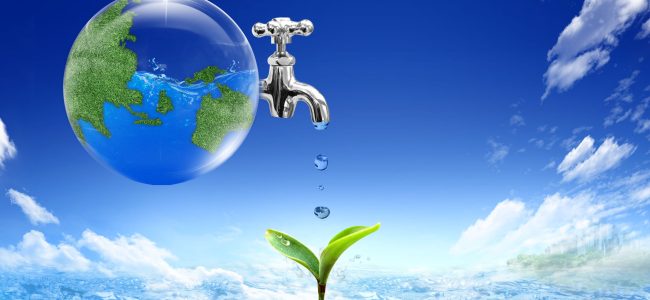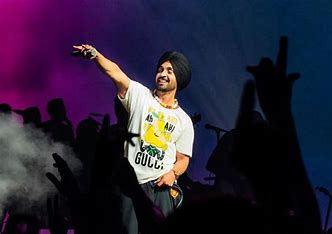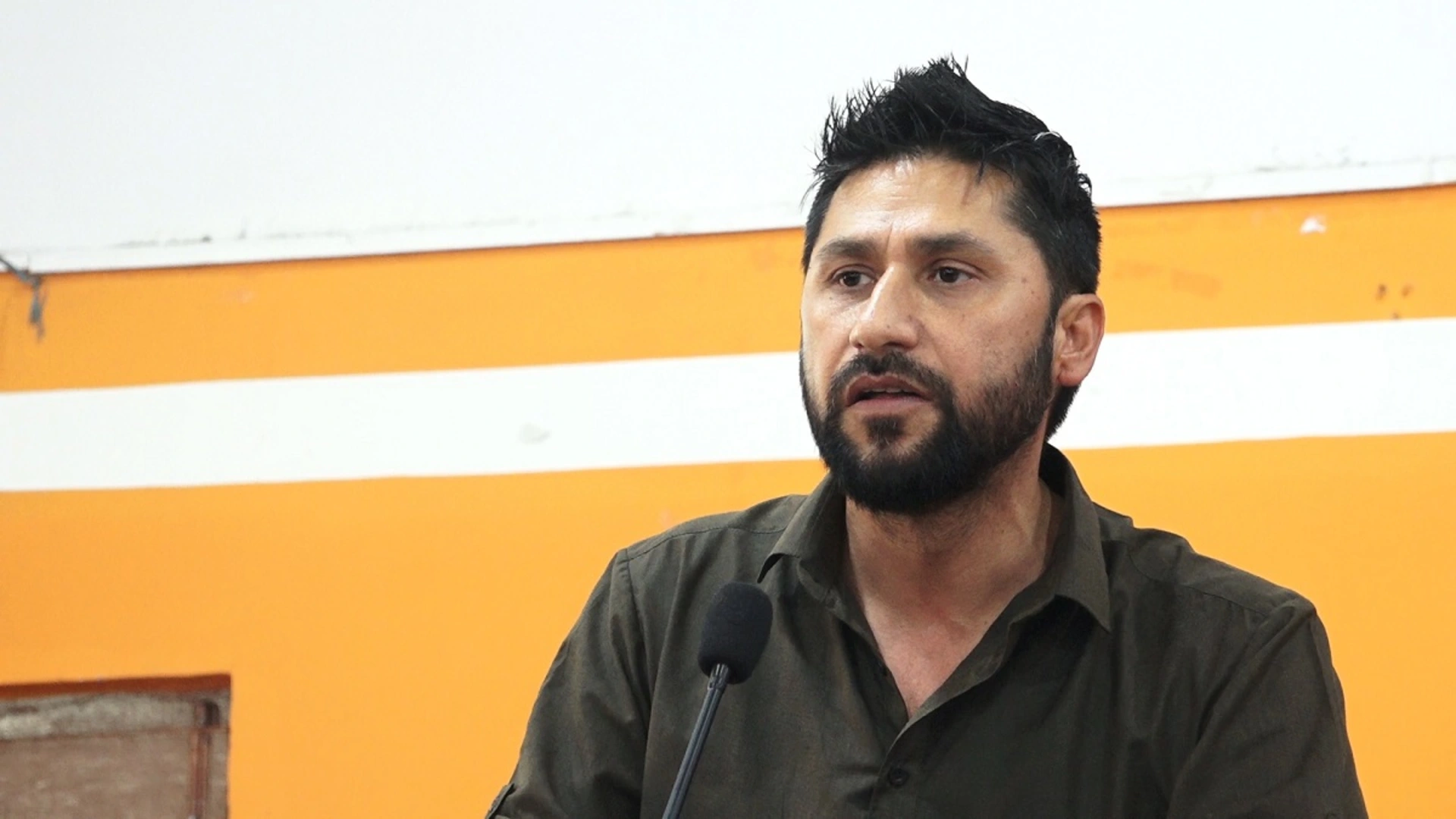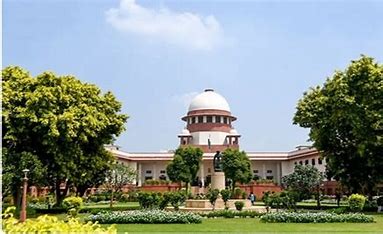The 2030 Agenda for Sustainable Development or the Sustainable Development Goals (SDGs) was adopted by all the 195 member states of the United Nations (UN) in 2015 to ensure peace and prosperity among the masses across the globe. However, this could be achieved only when there was a complete eradication of poverty, deprivation, joblessness, hunger, wide economic disparities among the people, illiteracy, homelessness, poor health conditions, etc.
Therefore, a framework of 17 SDGs was developed by a core group of 20 nations called the G20 and these became the Global Goalsthatwereset to be achieved by 2030 such as:Eliminating poverty, Erase Hunger, establishing Good Health and Well-Being, Providing Quality Education, Enforce Gender Equality, Improve Clean Water and Sanitation, Grow Affordable, and Clean Energy, Create Decent Work and Economic Growth, Increase Industry, Innovation, and Infrastructure, Reduce Inequality, Mobilize Sustainable Cities and Communities, Influence Responsible Consumption and Production, Organize Climate Action, Develop Life below Water, Advance Life on Land, Guarantee Peace, Justice, and Strong Institutions and Build Partnerships for the Goals.
However, with regard to Water Management, the 6th Sustainable Developmental Goal (SDG) was framed to Improve Clean Water and Sanitation through a synthesis of cases of best practices for water management in the G20 countries. For this purpose, a best practice template was developed by the Ministry of Jal Shakti, Government of India, and shared with the G20 member countries to report programs and interventions undertaken by them, but not limited to anyparticular thematic areas.
Universalisation of Water and Sanitation Services
This is one of the major targets of the 6thSustainable Development Goal,and it aims toattainuniversal access to safely managed drinking water and sanitation services by 2030.Moreover,access to clean and potable water has a positive public health impact too.The G20 member countries cover almost two-thirds of the world population with every country having adopted different approaches to ensure drinking water security. For instance, India has embarked on a mission to provide functional tap connections within premises to every rural household by 2024.
When India took over theG20 Presidency for 2023 in December 2022,it took cognizance of such initiatives and invited all the G20 members to share cases on ensuring drinking water security. It is against this backdropthat the latest technologies come into the picture in advancing water sustainabilitythrough water conservationby developing efficient irrigational systems,such asdrip irrigation and precision farming techniques.Additionally, water management software and modelling toolshelp in optimizing water usage, and water storage,reducing wastage, and promoting sustainable water practices.
As India takes the global centre stage by hosting the G20 Summit in New Delhi, it is a reflection of India’s rising influence in tackling some of the world’s core challenges in the realm of technology to climate change. With the theme of One Earth, One Family, One Future of the G20Summit, the need to need to bring technology to the forefront for better water sustainability will be of paramount importance, in line with the 6th Sustainable Developmental Goal (SDG)
Role of Technology in Water Management
However, all the above can be achieved only when the above-mentioned 6th SDG is backed with the latest developments in water-related technology that can be briefly discussed under the following heads, as ‘Technology’ empowers all policymakers and communities across the globe with valuable tools and insights to effectively address various water-related challenges and ensure the sustainable management of this vital resource of the planet, ‘water’ without which there would be no life in it!
Data Collection and Analysis
Technology enables real-time collection of data on water quantity, quality, and usage through remote sensing, IoTdevices, and sensor networks. This data, in turn, helps to calculate water availability, identify trends, and make informed decisions for efficient water management. As an example of bringing technology to the forefront to make water potable and safe, an Indian company with expertise in the water domain – WAE has deployed specially designed and curated water systems for the G20summit to showcase how technology can play a role in developing innovative products and solutionsto provide pure, potable and hygienic drinking water on a large commercial scale.
Water Treatment and Purification
Technologies, such as advanced filtration systems, membrane technologies, and disinfection processes(i.e., UV and ozone treatment) help to treat and purify water from different sources, making it safe for consumption and reducing the risk of waterborne diseases.In this spheretoo, WAE is an example of such technology first Indian companies that have domain expertise in water management. The need for water treatment and purification can be immensely contributedthrough new age tech propelled purifiers, ETPs, STPs,and drinking water machines, thus being able to provide long-term,sustainable solutionsto reuse and recycle water-the most indispensable resource of the planet.
Water Quality Monitoring
In addition to the above, Technology plays a vital role in the continuous monitoring of water quality parameters. For example, sensors, drones, and remote sensing technologies enable the detection of pollutants, harmful algal blooms, and changes in water quality, ensuring timely remedial actions and safeguarding human and environmental health.With the advent of AI, beyond conventionally collecting and representing water purity data in easy formats that take around 5 days to report with results of water quality, there is a possibility to use machine learning models on high-resolution scanned image data to predict water quality.
Flood and Drought Management
Advanced forecasting models, satellite imagery, and real-time monitoring systems help predict and manage floods and droughts, enabling early warning systems, effective emergency response, and optimal water allocation during such events.
Public Awareness and Engagement
In this day and era “Technology”can play an important role in facilitating the dissemination of information, education, and buildingawareness about the many water conservation and sustainable good practices that have been used globally. Dissemination of such information on technologies in water treatment, water recycling, and regeneration of groundwatercan assist adoption in India. Websites, mobile applications, and social media platforms could be enablers inengaging the public, promotingbehavioral changes, and fostering community participation in water management initiatives. And this could be a trigger for the change to come! As Gandhi ji said “Let’s Be the Change, We Want to see.
BY- A VikramJoshe, Founder & MD, WAE Limited







